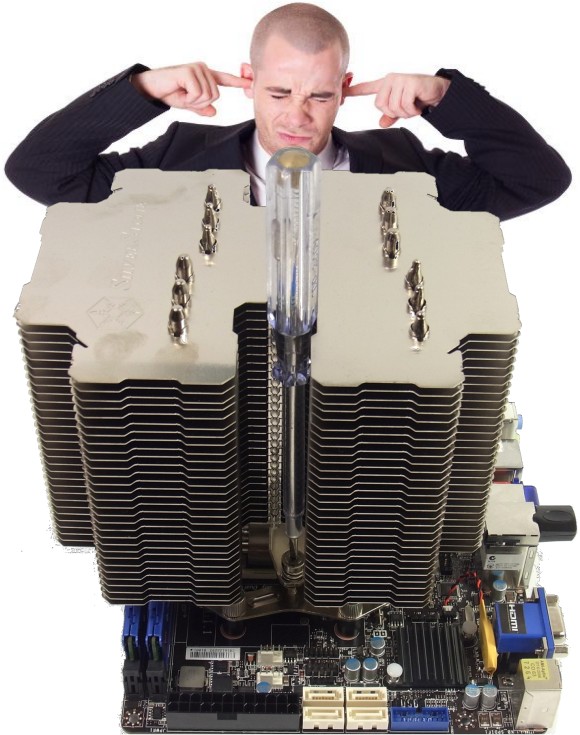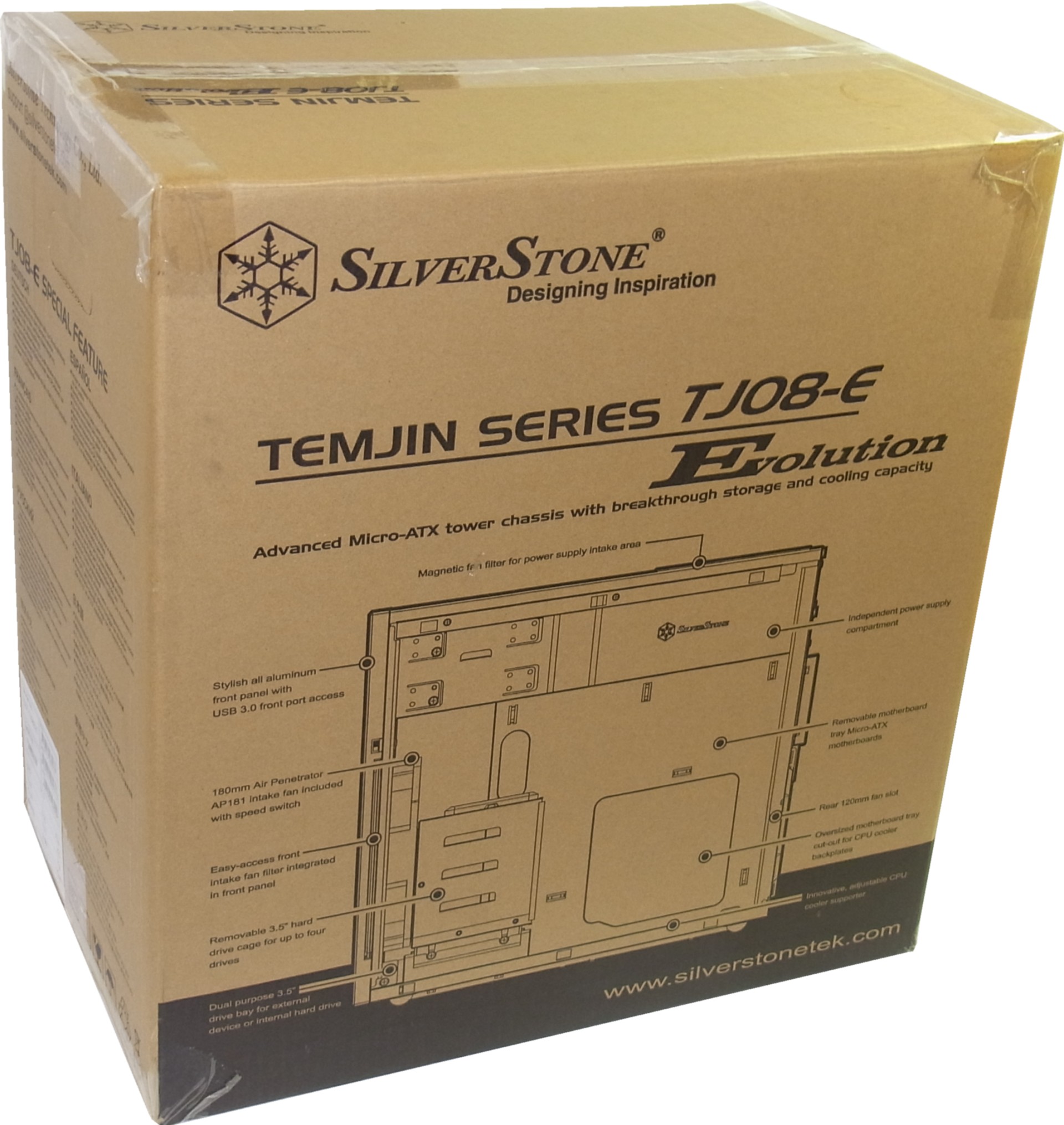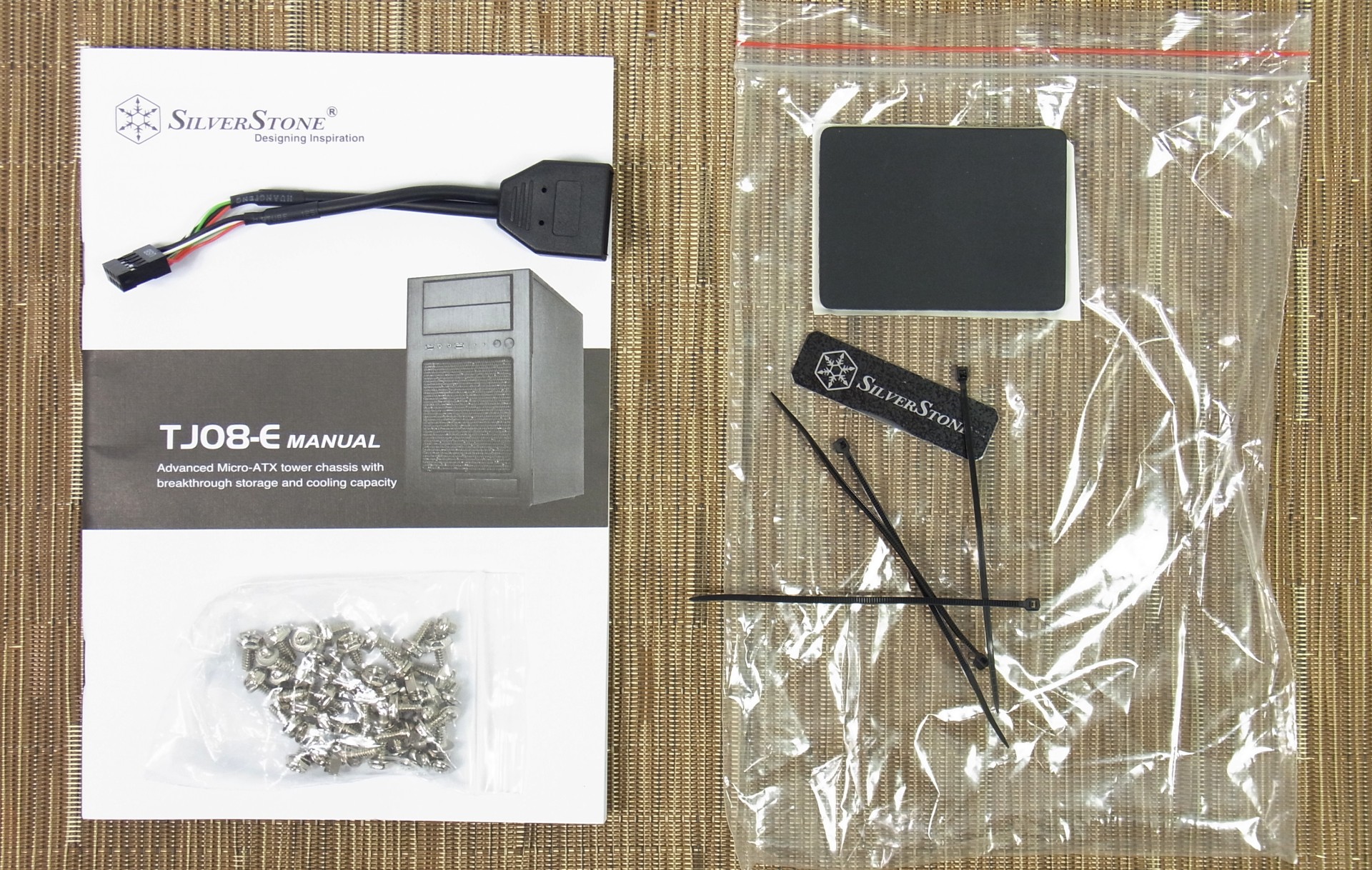Silent, But Deadly: Build Your Own Gaming-Ready 0 dB PC
For many folks, the most beautiful sound that a PC can make is no sound at all. How close can Tom's Hardware get to a zero-decibel configuration and still lend up with a compact, functional machine capable of mainstream gaming, without breaking the bank?
Case: SilverStone Temjin TJ08-E
Each year, we get asked by a number of enthusiasts if it's possible to build a passively-cooled PC and, if so, how much performance can be expected from it. And every year, we try to take a look at what is currently possible with a passive build.
Some of those configurations involve coolers that look like giant hamster wheels, while others employ large enclosures with more holes than Swiss cheese to let in plenty of air (and dust). This year, we want to build something plain and unobtrusive, not a bad piece of modern art. We're looking for an office machine that can handle some gaming in a small tower.
Given the hardware available today (and its relative efficiency), this is actually doable. Even still, we recommend a bit of insurance in the form of a barely-audible fan that can kick in if your more demanding workloads tax the hardware beyond what a heat sink on its own can dissipate.
But we’re getting ahead of ourselves. We're starting off with a basic build able to run some newer games at reasonable settings without a discrete graphics card. It's a little eerie: you have to wait until a picture shows up on your monitor to know the system is working, because you can't hear it at all. From there, we add a discrete graphics card to bolster frame rates in games, along with those aforementioned quiet fans.
Some Hard Choices
Like we said, an SUV-sized case with a gigantic cooler isn’t what we're going for this year. Been there, done that, and we still have such a machine sitting around gathering a lot of dust. Small and unobtrusive are the adjectives that matter most today.
After checking out the usual assortment of modern mini-towers and cube-shaped enclosures, our choice was clear: SilverStone's Temjin TJ08-E. It’s a classic tower-shaped chassis with several advantages that make it ideal for a passively-cooled build. For instance, its power supply isn’t just installed into the top of the case, like old-school towers. Rather, its orientation is also reversed so that the fan opening points upward. This effectively provides separate air circulation for the PSU and the rest of the system, and the exhaust port comes with its own dust filter. Talk about ideal conditions for a passive power supply.
Get Tom's Hardware's best news and in-depth reviews, straight to your inbox.
You'll also notice that the motherboard orientation inside SilverStone's Temjin TJ08-E is turned. This means that the CPU and its cooler are at the bottom, with a lot of air above them. After taking out the hard disk cage and front fan, we’re left with a surprisingly large amount of internal volume for our passive build.
Packaging
The case is light and its packaging is simple and sturdy. It’s pretty easy to transport, and won’t break your mail carrier’s back.
Inside, we find the usual Styrofoam mess. You’ll want to have a vacuum cleaner handy after unloading the case, as bits of packaging are sure to fall like snow. There are cleaner ways to box up a case. Fortunately, some vendors seem to be listening, since we're seeing more foam-based protection, which doesn’t crumple into tiny bits.
In the Box
All that’s needed comes bundled with the case. You get screws, cable ties, a SilverStone sticker, a self-adhesive rubber pad, a USB 3.0-to-2.0 adapter for older motherboards, and a surprisingly well-written manual. We can’t even remember the last time we saw documentation that listed the maximum sizes for all possible components. It is this sort of information that makes deciding which case to buy much easier.
We were able to download the manual and check if the CPU cooler we wanted to use would fit before making any decisions. Big thanks to SilverStone for making the enthusiast's life a little easier.
Current page: Case: SilverStone Temjin TJ08-E
Next Page Case: Technical Specifications And Features
Igor Wallossek wrote a wide variety of hardware articles for Tom's Hardware, with a strong focus on technical analysis and in-depth reviews. His contributions have spanned a broad spectrum of PC components, including GPUs, CPUs, workstations, and PC builds. His insightful articles provide readers with detailed knowledge to make informed decisions in the ever-evolving tech landscape
-
azathoth I was disappointed there wasn't actual stress test temperature results of the APU for the passive cooling solution.Reply
But otherwise it's a neat article, personally I would sacrifice dead silence to use a cheaper HDD and perhaps more of those silent fans if I were to build one myself. -
Nintendo Maniac 64 As someone that also uses a semi-passive PC (fan only turns on when needed), I'm disappointed that you guys left out a few big things:Reply
1. undervolting the CPU and GPU
2. underclocking and farther undervolting the GPU for 2D mode
3. hybrid cooling setup for GPUs where the fan only turns on at a high temperature (may require GPU BIOS editing depending on GPU model)
OPTIONAL (due to risk): removal of CPU IHS -
Madn3ss795 Pentium G2120 + Sapphire Ultimate HD7750 would have been a better choice. And you can pay extra for a low-power Core i5 instead since it's not that expensive compared to the rest of this build.Reply -
ivyanev When i hear gaming from the TH I really expect to see something in the realm of 500$ SBM machine or at least something close. What I see here is realy nice office pc.Reply -
Nintendo Maniac 64 Reply
The main issue is the GPU, and that would require a hybrid passive-active cooling solution much like was done for the CPU, but for some reason they didn't even try such a thing...10589934 said:When i hear gaming from the TH I really expect to see something in the realm of 500$ SBM machine or at least something close. What I see here is realy nice office pc. -
twelve25 I wonder about an i5 or i7 S or T model and crossfire 7750's. You might need a bigger case and a longer motherboard that allows gaps between cards.Reply




